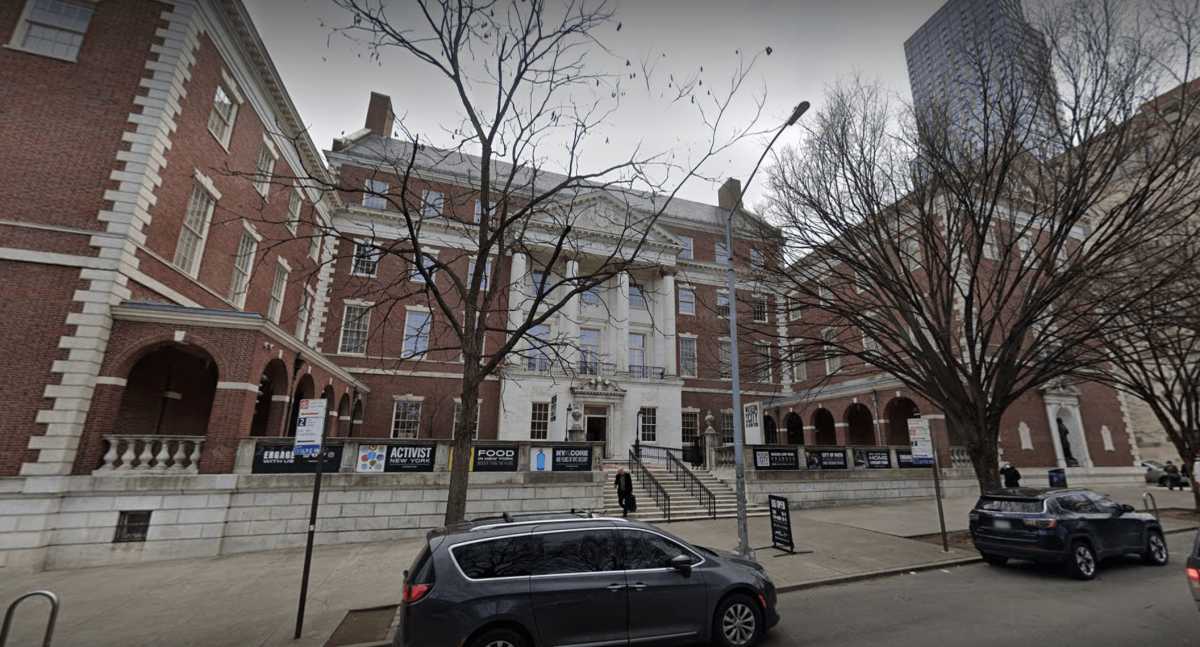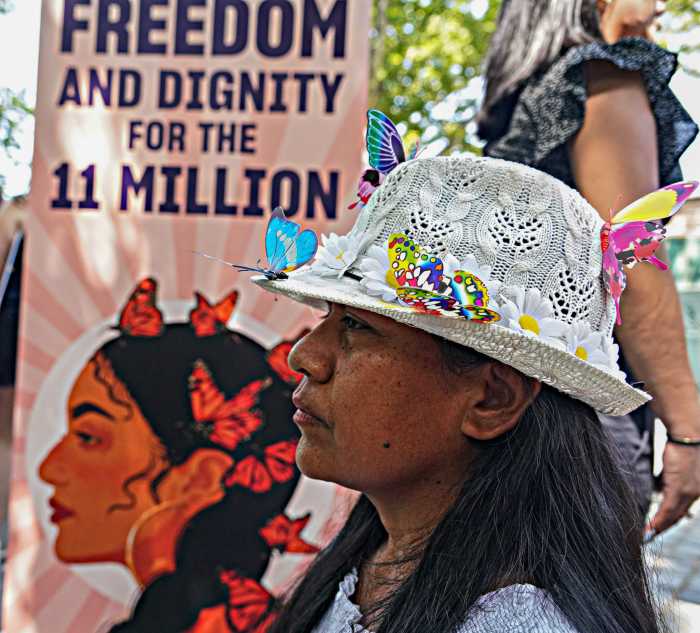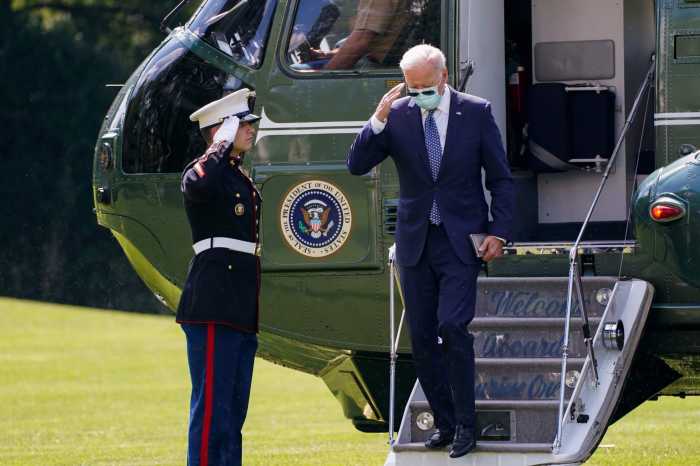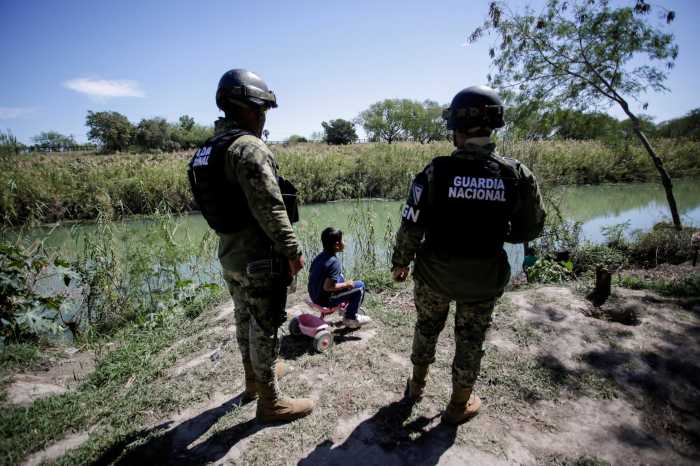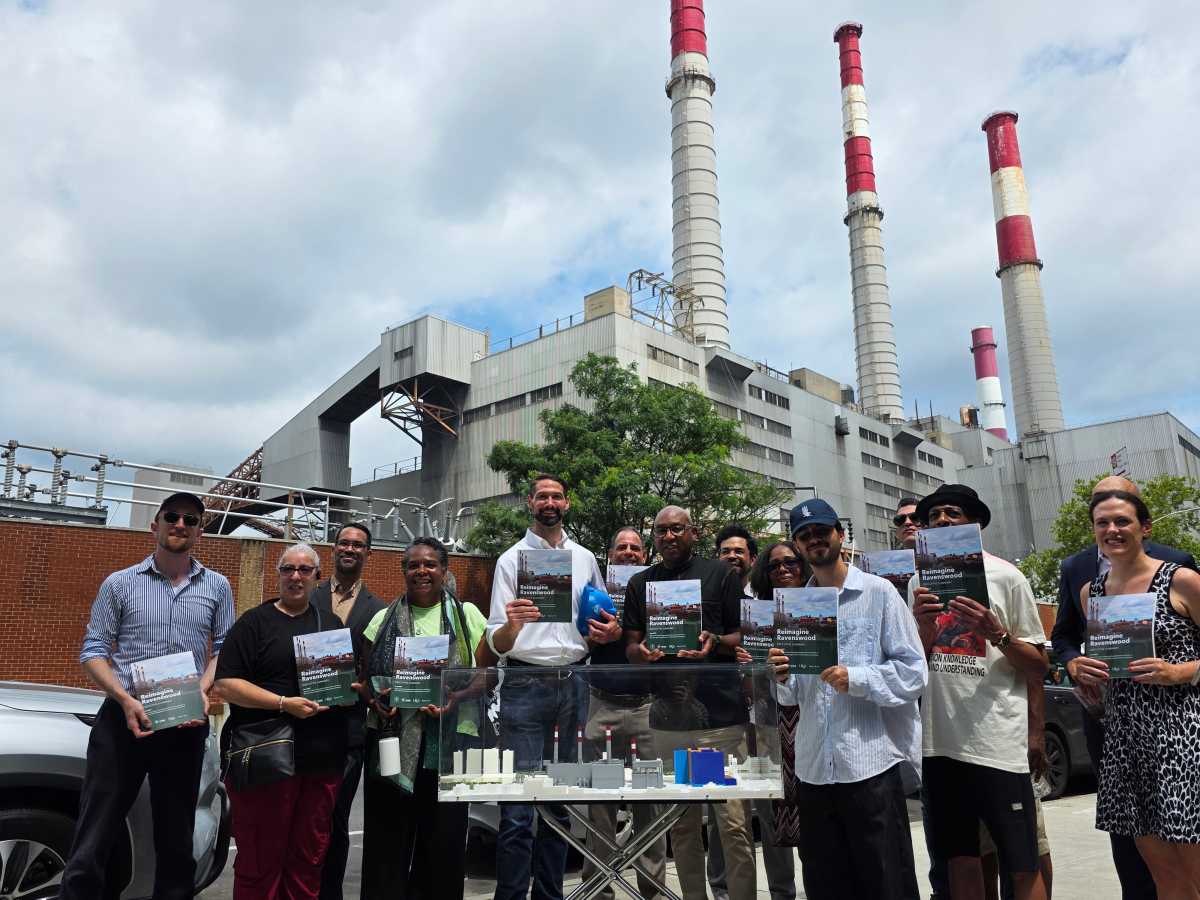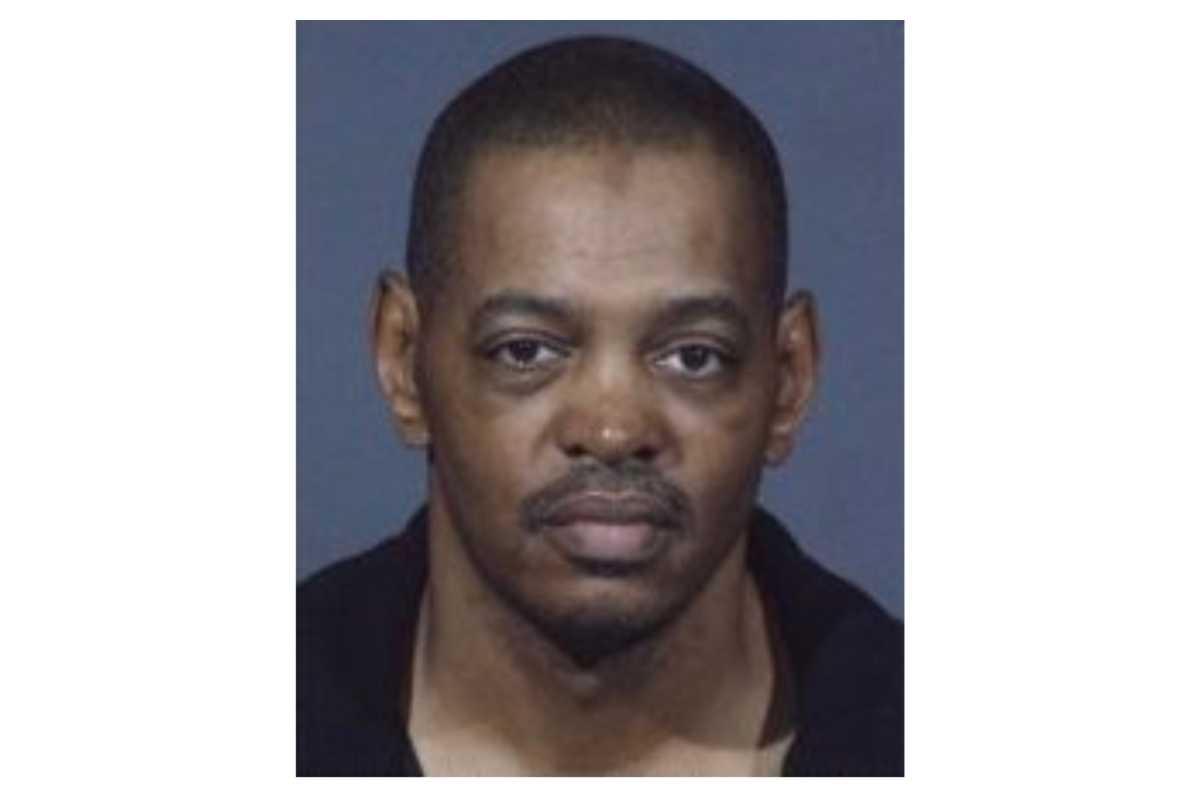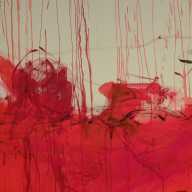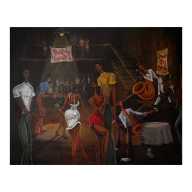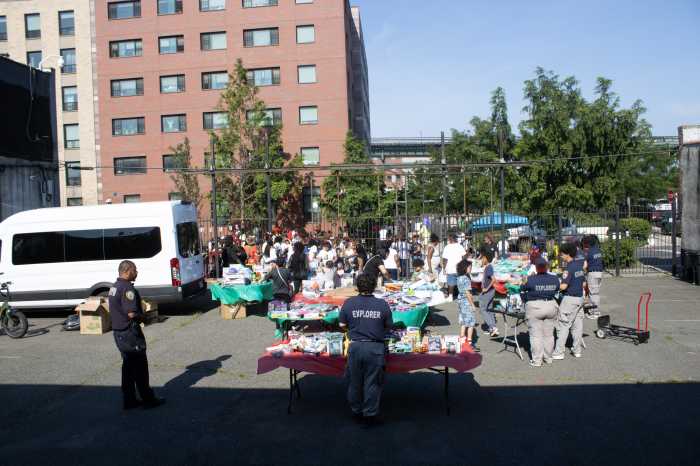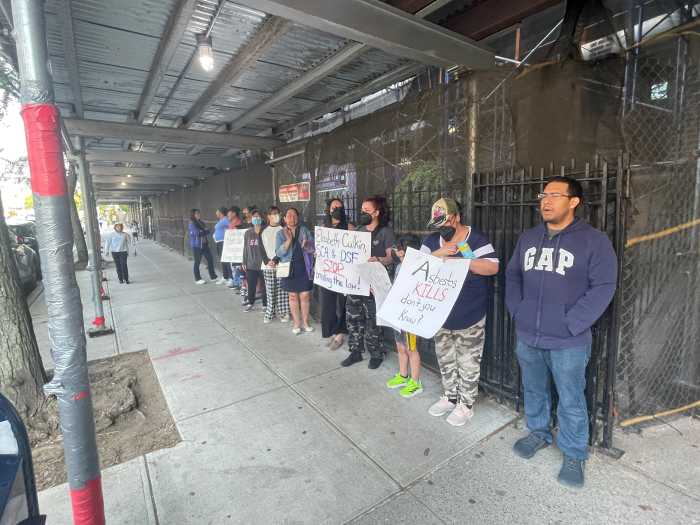The Museum of the City of New York launched a new exhibition earlier this month dedicated to the history of immigration in the city and the nativist backlash against new arrivals that erupted in response.
With a focus on the second half of the 19th Century, the “Beware of Foreign Influence” exhibit serves as an engaging study of the makeup of New York’s population, and provides important historical context for the current influx of migrants that have become a hot-button political issue.
With over 115,000 asylum seekers arriving in the Big Apple over the past year, government officials and nonprofits have scrambled to provide housing and basic services to the new arrivals — and reactionary opponents have begun organizing in opposition to the inflow of non-citizens.
But this is far from the first time a similar dynamic has played out in the five boroughs, as the Museum of the City of New York showcases in its new exposition.
Various events, including the Irish Potato Famine in 1845, led to the first major era of immigration to the United States, with New York City serving as the main destination for large portions of those seeking a new life in America.
By 1910, a whopping 41 percent of New Yorkers were foreign born.
In response to the increasing booming numbers of non-native born Americans, several anti-immigrant organizations rose to prominence — including the American Party (commonly known as the “Know-Nothing” Party) which demonized Catholic immigrants, and several other groups demonstrating against Jewish arrivals.
As the nativist movement gained power, opponents were able to implement various laws and win political power at various levels — including James Harper, who was elected mayor on a nativist platform and subsequently banned immigrants from city jobs.
In 1882, the federal Chinese Exclusion Act was passed, having a major effect on the growing Chinese diaspora residing in New York and marking the first major restriction on immigration in the United States.
Meanwhile, immigrants were routinely discriminated against in job searches and at public accommodations.
Launched earlier this month, the museum’s exhibit, which includes photos and artifacts, along with historical writings, depicts the vitriol permeating throughout the civil discourse of the time.
Visitors are able to learn about the history of pro- and anti-immigrant movements, with sections dedicated to figures like the Know-Nothing Party’s founder Samuel Morse and Harper.
Artifacts show the antagonistic imagery circulating at the time meant to demonize the non-native born population, like cartoons of burning effigies of the pope, or paintings depicting heinous stereotypes about immigrants’ work ethics and moral compasses.
Coming amid a wave of migrants arriving in the city, the Museum of the City of New York’s exhibit is an undoubtedly timely one — as many elected officials and organizations have leaned on similar anti-immigration sentiments, from protests against shelters on public lands to opposing work authorizations for asylum seekers.
Over 115,000 new arrivals have landed in the Big Apple this year, with wide-ranging implications for the political, economic and cultural makeup of the city, and the lessons learned from the past are increasingly relevant to today.
For tickets to the Museum of the City of New York’s “Beware of Foreign Influence” exhibit, click on its website.



